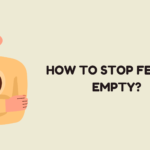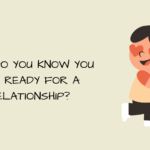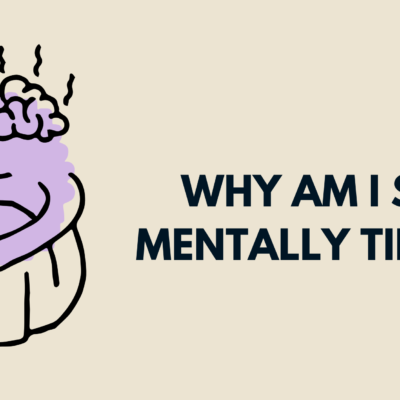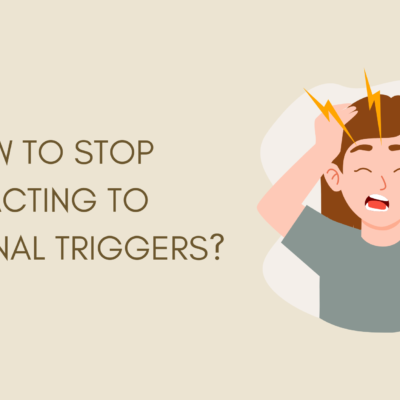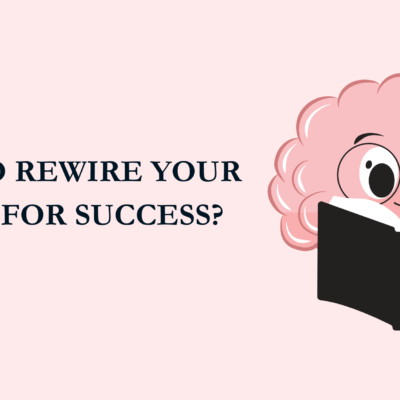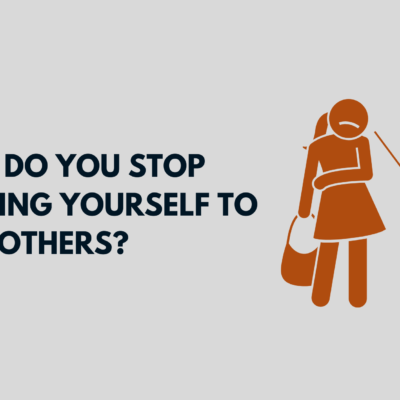How to Overcome Fear of Rejection: Rejection hurts. Whether it’s a job application turned down, a romantic interest pulling away, or a friend drifting apart, the sting of “you’re not wanted” cuts deep. But for many of us, rejection is more than just a painful moment—it becomes a paralyzing fear. We hesitate to speak our minds, hold back our feelings, or avoid opportunities altogether… all to avoid that dreaded no.
The fear of rejection can quietly run our lives, shaping our decisions and suffocating our potential. But here’s the truth: rejection is part of being human. And overcoming the fear of it doesn’t mean never feeling hurt—it means not letting that fear control you.
In this article, we’ll explore what causes the fear of rejection, how it shows up in our lives, and most importantly—how to overcome it so you can live more boldly and freely.
Also Read:
1. Understanding the Root of Rejection Fear
Before we can overcome the fear, we have to understand where it comes from.
a) Evolutionary Survival Instinct
Humans are wired for connection. Thousands of years ago, rejection from a tribe could mean isolation and death. Our nervous system evolved to see rejection as a real threat, triggering the same brain regions as physical pain.
Even today, rejection sends a signal to the brain: “You’re not safe.” That’s why even small social rejections can feel huge.
b) Childhood Conditioning
Many people develop fear of rejection in childhood:
- Parents who withheld affection or approval unless you performed well
- Rejection from peers at school
- Emotional neglect or abandonment
These early wounds teach us that love or acceptance must be earned, and rejection means you’re unworthy.
c) Negative Self-Beliefs
If you carry beliefs like “I’m not good enough” or “I always mess up,” rejection doesn’t feel like a situation—it feels like proof of your worst fears about yourself.
So when rejection happens, you don’t just feel hurt. You feel exposed.
2. How Fear of Rejection Shows Up
The fear of rejection isn’t always loud. Sometimes, it’s hidden in habits we think are about “being cautious” or “playing it safe.” Here’s how it might show up in your life:
- Not expressing your true feelings in relationships or friendships
- Avoiding risks, like applying for jobs, starting a business, or putting your work out there
- People-pleasing, saying yes when you want to say no
- Overthinking messages or interactions, analyzing how others see you
- Self-sabotage, like quitting before you can be rejected
- Staying small, because success might mean more eyes—and more judgment
If any of these feel familiar, you’re not broken. You’re protecting yourself from pain. But that same protection is also keeping you from growth, connection, and fulfillment.
3. The Hidden Cost of Avoiding Rejection
Avoiding rejection may keep you safe—but it also keeps you stuck.
- You never truly connect, because you’re afraid to be real
- You don’t pursue your goals, so life feels flat or meaningless
- You live in constant anxiety, always managing what others think
- You never build resilience, because you avoid experiences that could strengthen you
The truth is, rejection is not the enemy—fear is. And the longer we let that fear drive us, the smaller our lives become.
4. Steps to Overcome Fear of Rejection
Let’s break down a practical, compassionate path to start overcoming your fear of rejection.
Step 1: Acknowledge the Fear Without Shame
Start by saying the truth out loud:
“I’m afraid of being rejected, and that’s okay.”
Don’t shame yourself for being afraid. Everyone fears rejection—it just looks different for each person. Your fear doesn’t make you weak. It makes you human.
Writing it down can also help:
- When did you first feel rejected?
- What situations trigger this fear now?
- What do you believe rejection says about you?
Awareness is power. When you name the fear, it loses its grip.
Step 2: Redefine Rejection
The biggest breakthrough in overcoming rejection fear is realizing this:
Rejection is not a reflection of your worth—it’s a reflection of someone else’s preference, timing, needs, or capacity.
It’s not always about you. And even when it is, it’s an opinion, not a truth.
Try reframing rejection like this:
- “They said no to my offer, not to my value.”
- “Their choice doesn’t define my identity.”
- “This is redirection, not destruction.”
Rejection isn’t personal—it’s part of being alive.
Step 3: Build Emotional Resilience Through Exposure
The only way to truly get over rejection is to face it. Not all at once—but in small, manageable steps.
Start with low-risk challenges:
- Start a conversation with a stranger
- Post something vulnerable on social media
- Ask for something you usually wouldn’t (a discount, feedback, help)
Even if the answer is no, celebrate the courage to ask. Each time you survive rejection, your brain learns: “This didn’t kill me. I can handle this.”
You don’t need to become fearless. You just need to become braver than your fear.
Step 4: Practice Self-Validation
A powerful antidote to rejection fear is internal validation—the ability to approve of yourself, even when others don’t.
Try saying:
- “Even if they say no, I still matter.”
- “Their response doesn’t change who I am.”
- “I am proud of myself for showing up.”
When you depend less on external approval, rejection loses its power to define you.
Step 5: Heal the Old Wounds
Sometimes, the fear of rejection in the present is rooted in pain from the past.
If you’ve been rejected in painful ways before—especially in childhood or relationships—it’s important to grieve those wounds.
Ways to start healing:
- Write a letter to your younger self, affirming their worth
- See a therapist to unpack early rejection patterns
- Practice inner child work or guided meditations
- Share your story with a safe, supportive person
Rejection pain that goes unprocessed turns into fear. But when you feel and release it, you break free.
Step 6: Know That Rejection Is Evidence of Effort
You only get rejected if you try. And trying takes courage. So instead of seeing rejection as failure, see it as evidence that you’re living fully.
Every artist, entrepreneur, leader, or lover who succeeded had to face rejection.
They got told:
- “You’re not good enough.”
- “We’re going in a different direction.”
- “I don’t feel the same way.”
But they kept going. Not because they were immune to rejection, but because they believed their dreams were worth the risk.
So is yours.
5. When Rejection Happens: How to Cope in the Moment
Even when you’re stronger, rejection still stings. Here’s how to deal with it without spiraling:
a) Pause and Breathe
Before reacting, take a few deep breaths. Give yourself time to feel the emotion without judgment.
b) Name the Feeling
Say: “I feel disappointed” or “This hurts right now.” Naming emotions helps regulate them.
c) Resist the Urge to Attack Yourself
Don’t go down the rabbit hole of self-blame. Replace “I’m not enough” with “This just wasn’t the right fit.”
d) Get Perspective
Call a friend. Journal it out. Remind yourself: This is a moment, not your whole story.
e) Take Care of Yourself
Do something kind for yourself—go for a walk, drink tea, listen to music. Show yourself the love you hoped to receive.
6. The Freedom Beyond Fear
When you stop fearing rejection, a new world opens up:
- You speak your truth without apology
- You take creative risks and pursue big dreams
- You connect deeply because you’re no longer hiding
- You stop living in “what if they say no” and start living in “what if they say yes?”
The more you face rejection, the less it controls you. And over time, you realize: I don’t need everyone to say yes. I just need to say yes to myself.
Final Words: You Are Worth the Risk
Rejection isn’t proof that you’re unworthy. It’s proof that you tried. It means you showed up, exposed your heart, took a leap.
Yes, rejection can hurt. But the pain of rejection is temporary. The pain of regret—the life unlived, the dreams ignored, the words never spoken—is far more lasting.
So take the chance. Say how you feel. Apply anyway. Try again. Share your work. Ask for help. Love fully.
Because the most beautiful things in life—love, connection, purpose—only happen when you risk being seen.
And you, exactly as you are, are worth being seen.

